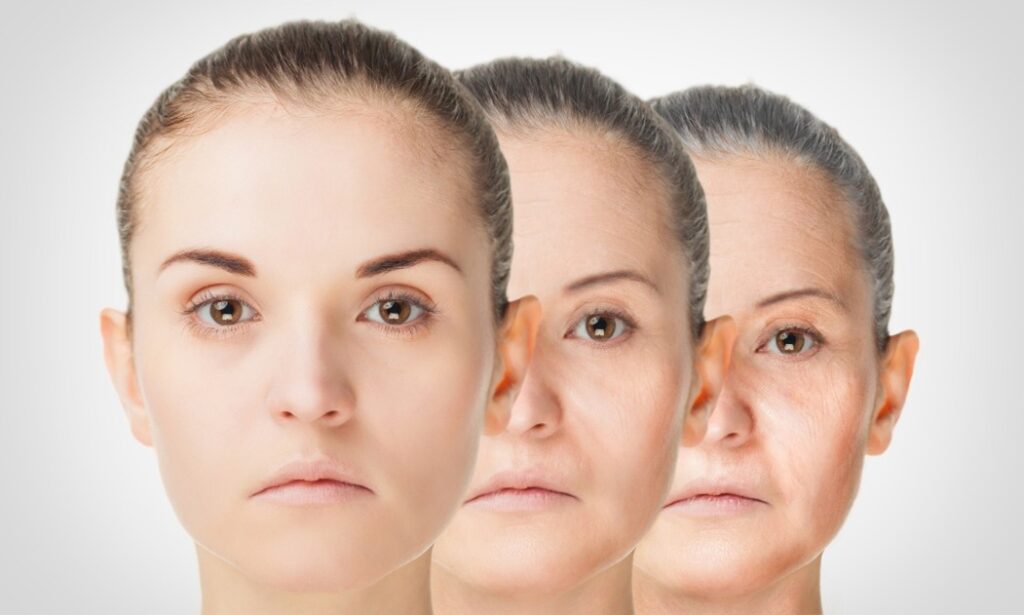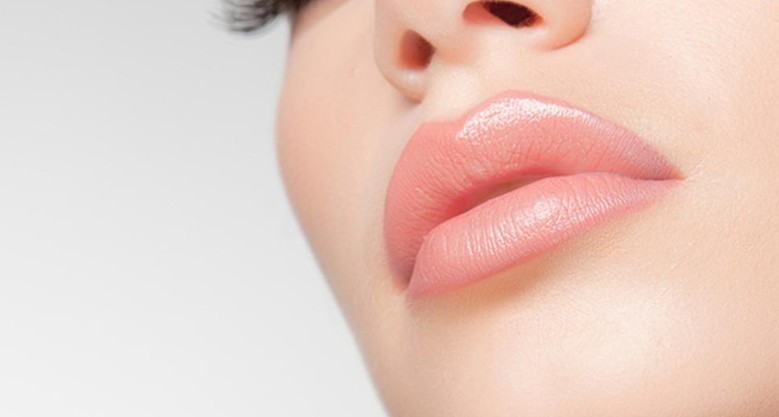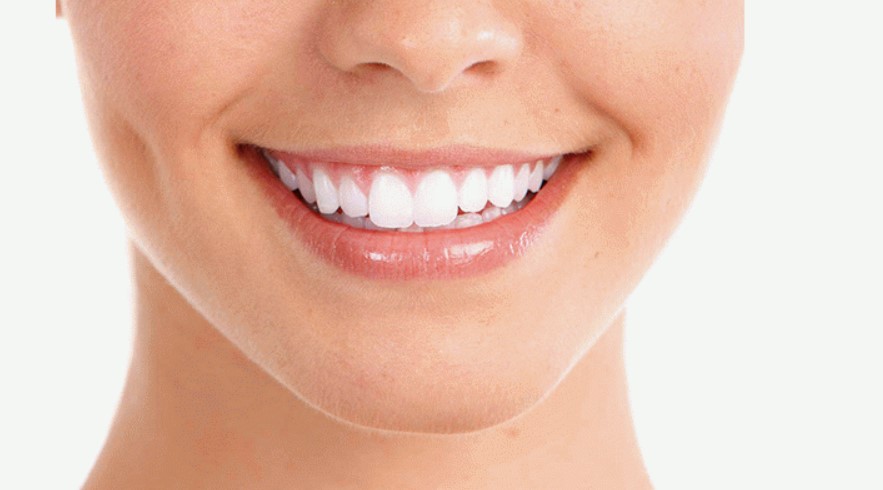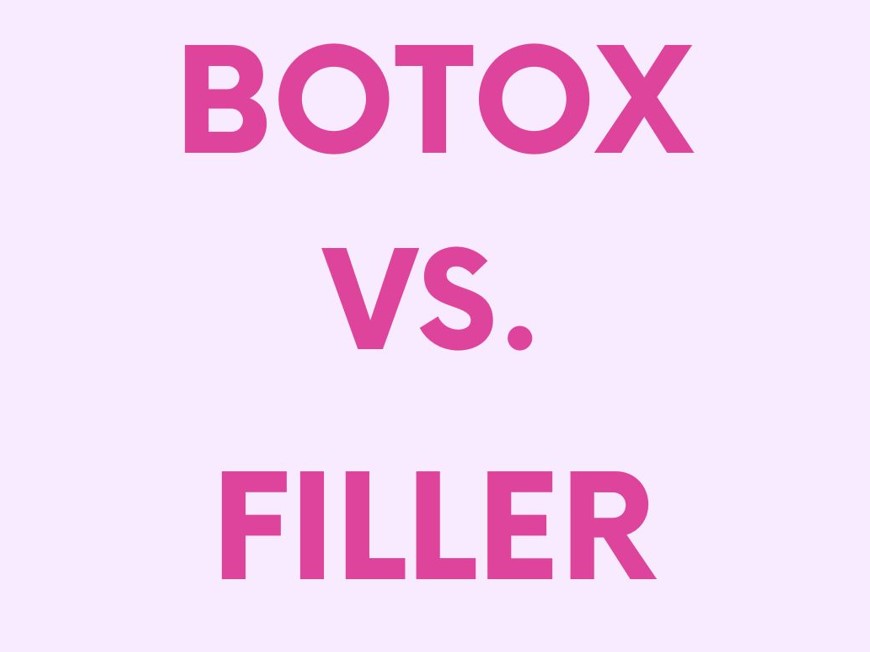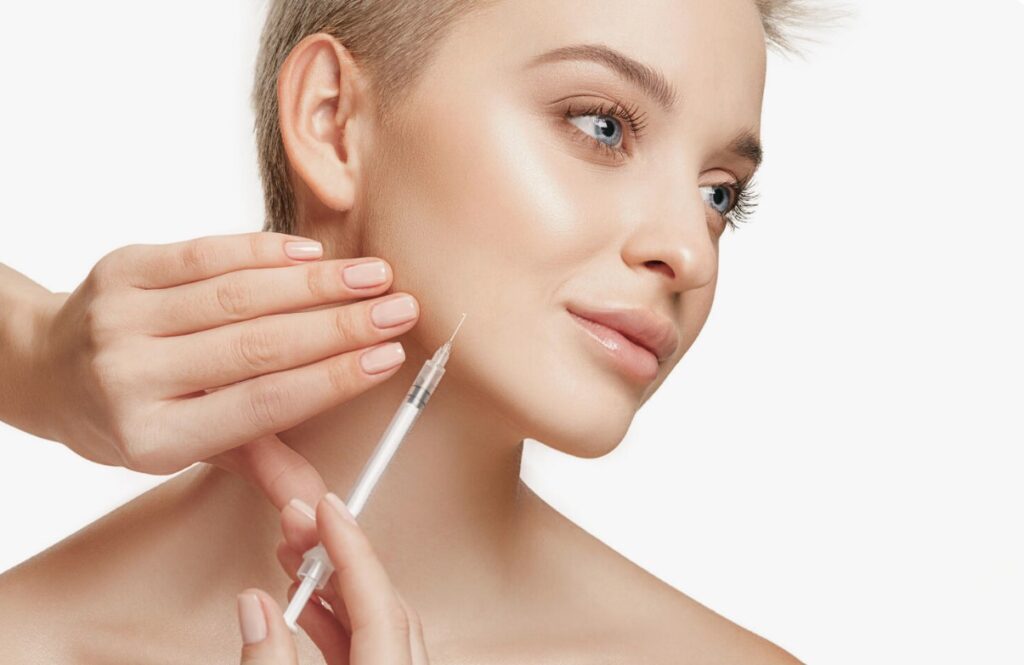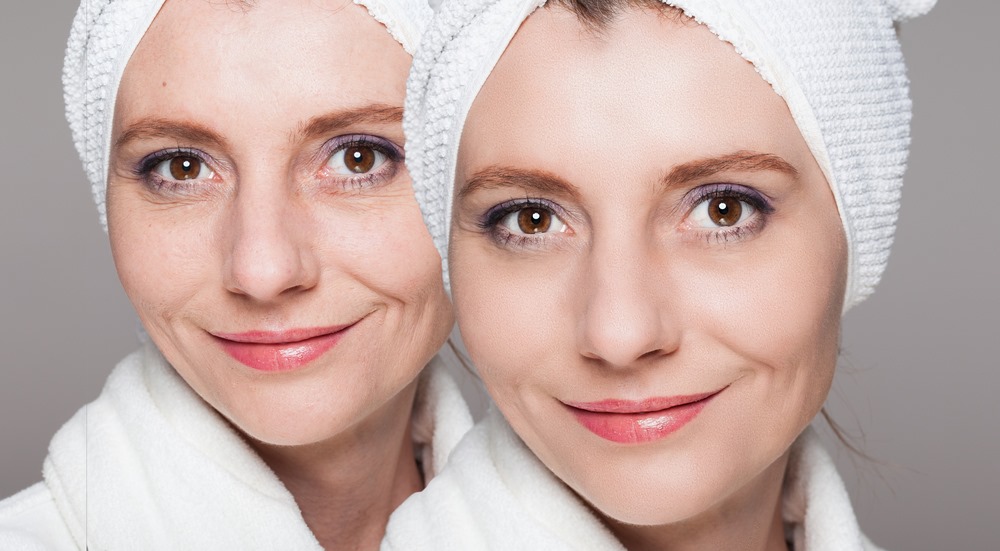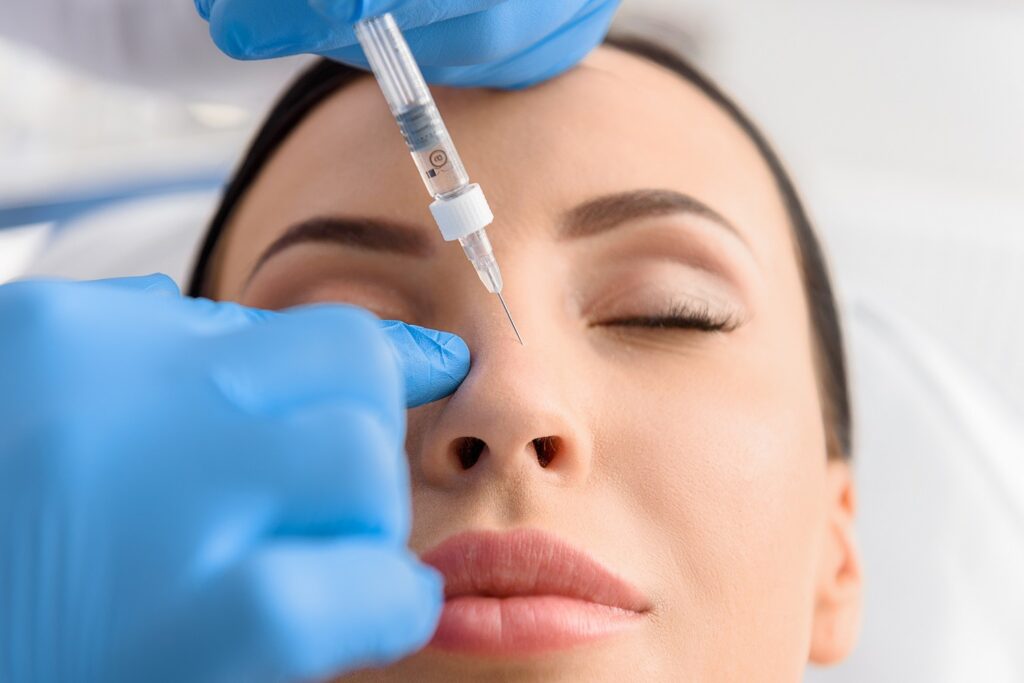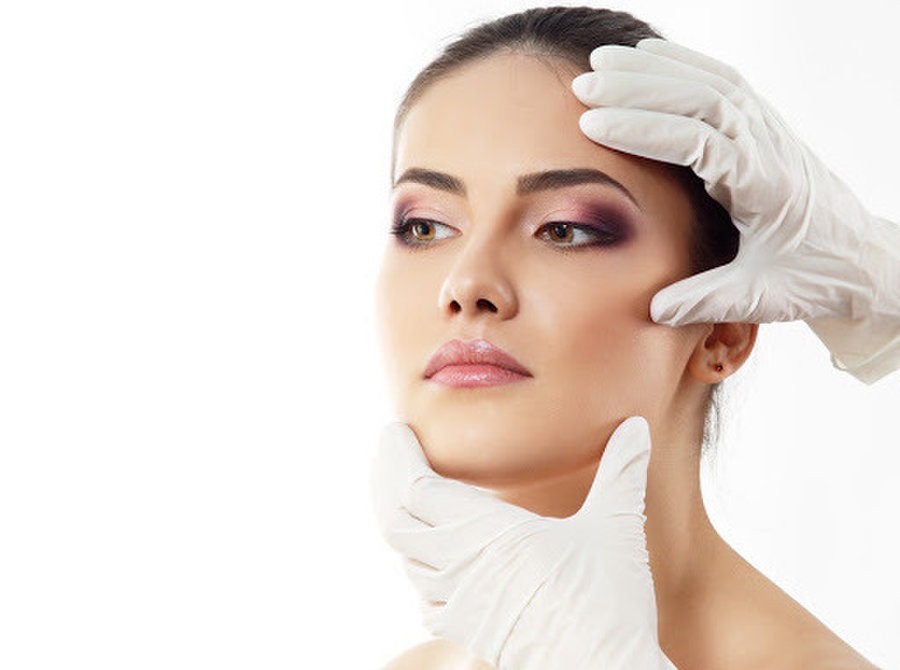FREE SHIPPING OVER $600 MINIMUM ORDER $400
Botox for Hyperhidrosis Treatment
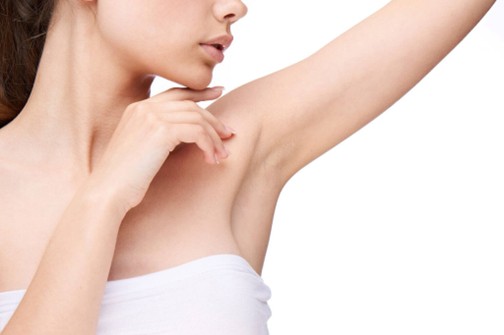
Sweating is a natural part of our body’s cooling system, but it can become excessive and unpredictable for some individuals. This condition, called hyperhidrosis, involves sweating that exceeds what’s considered normal, even when you’re not exercising or exposed to heat. It can affect daily life, causing embarrassment, discomfort, and social anxiety. Fortunately, today’s advancements in aesthetic and medical care have introduced effective solutions, and one of the most widely used options is Botox injections.
While Botox is widely recognized for reducing wrinkles and fine lines, it has also gained FDA approval for treating hyperhidrosis, particularly underarm sweating. This article explores how Botox works to combat excessive sweating, who it’s best suited for, how the treatment is performed, and what kind of results you can expect.
Hyperhidrosis
Hyperhidrosis is a medical condition in which a person sweats excessively beyond what is needed to regulate body temperature, and this sweating isn’t always triggered by heat or physical activity. The sweat may soak through clothing or drip off the hands and feet, significantly affecting a person’s quality of life.
There are two main types of hyperhidrosis:
- Primary (focal) hyperhidrosis: Often inherited, this type affects specific areas like the underarms, hands, feet, or face without any identifiable medical cause.
- Secondary hyperhidrosis: Caused by an underlying medical condition such as diabetes, thyroid problems, or medication side effects. It often leads to widespread sweating that affects the whole body.
This condition affects millions worldwide and can begin in adolescence or even earlier. While antiperspirants and medications can help, they often fall short in moderate to severe cases, leading many patients to explore Botox as a long-term solution.
Why Use Botox for Excessive Sweating?
Botox is most commonly associated with cosmetic procedures, particularly for treating expression lines on the forehead or around the eyes. However, its medical applications are just as valuable. In 2004, the FDA approved Botox for treating axillary (underarm) hyperhidrosis, and it has since been widely used in aesthetic and dermatology practices.
Here’s why many choose Botox for sweat reduction:
- It is minimally invasive
- The results are localized and targeted
- There’s minimal downtime
- It’s safe and effective for people who haven’t responded to other treatments
Botox has also proven useful in treating sweating of the hands (palmar hyperhidrosis), feet (plantar hyperhidrosis), scalp, and even the groin area. While it’s not a permanent solution, many people enjoy months of relief from a single treatment.
How Botox Works for Hyperhidrosis
To understand how Botox combats excessive sweating, it’s important to look at how sweating is triggered in the first place. Sweat glands are activated by a neurotransmitter called acetylcholine, which is released by the sympathetic nerves.
Botulinum toxin, commonly known as Botox, reduces sweating by preventing the release of acetylcholine, a chemical messenger that activates the sweat glands. By preventing this signal, Botox reduces localized sweating in the treated area. In essence, it temporarily “turns off” the sweat glands in specific zones.
Importantly, this does not affect your body’s overall ability to regulate temperature, as only a small percentage of sweat glands are targeted during treatment.
Treatment Areas and Procedure
Botox can be used to treat hyperhidrosis in different areas of the body, depending on where the excessive sweating occurs. Common areas include:
- Underarms (axillae)
- Palms of hands
- Soles of feet
- Forehead/scalp
- Upper lip and groin (less common)
What to Expect During the Procedure:
- Consultation: A qualified provider evaluates your symptoms and may perform a starch-iodine test to map the most active sweat glands.
- Preparation: The treatment area is cleaned and sometimes numbed using a topical anesthetic, especially for more sensitive zones like the palms or soles.
- Injection: Botox is carefully administered just beneath the skin using a tiny, fine-tipped needle. Multiple tiny injections are carefully spaced across the treatment area to ensure even coverage.
- Duration: The entire procedure usually takes 20 to 45 minutes, depending on the area being treated.
Longevity of Botox Treatment for Hyperhidrosis
Results from Botox treatment for hyperhidrosis are not instant. Many patients begin to see decreased sweating within 3 to 7 days, with the full effects usually becoming noticeable around two weeks after the procedure.
On average, the effects last about 4 to 6 months, though some patients may enjoy up to 9 to 12 months of relief depending on the treatment area and individual response. Maintenance sessions are required for ongoing control.
Safety, Side Effects, and Recovery
Botox has a strong safety profile when administered by licensed professionals. Side effects from hyperhidrosis treatment are usually minimal and short-lived.
Common side effects:
- Minor swelling or redness at injection sites
- Bruising
- Mild and short-term reduction in muscle strength, particularly in the hands or feet.
- Mild discomfort during the procedure
Most patients resume normal activities immediately after the session. However, it’s advisable to avoid vigorous exercise, hot showers, or massage in the treated area for the first 24 hours.
Who Should Consider Botox for Hyperhidrosis Treatment?
Botox treatment for hyperhidrosis may be a suitable option if:
- You suffer from primary hyperhidrosis
- Topical antiperspirants and medications haven’t worked
- You are not ready or willing to consider surgery
- You are looking for a non-permanent, reversible treatment option
Who Should Avoid Botox for Hyperhidrosis?
Botox isn’t suitable for all individuals. It is generally not recommended for:
- Are pregnant or breastfeeding
- Have a neuromuscular disorder (e.g., Myasthenia Gravis)
- Have allergies to Botulinum toxin
- Take medications that interfere with neuromuscular function
Always consult with a certified provider to determine if Botox is right for your case.
Conclusion
Botox is not just a wrinkle-smoothing powerhouse—it’s a medically approved, highly effective solution for people suffering from excessive sweating. By blocking the release of acetylcholine, Botox temporarily shuts down the sweat glands in targeted areas, giving patients a chance to live more comfortably and confidently.
Whether you’re struggling with constant underarm dampness, slippery palms, or sweat-soaked shoes, Botox offers a safe, non-surgical, and life-changing option. If other treatments haven’t worked for you, talk to a qualified aesthetic or dermatology professional to see if Botox for hyperhidrosis is the right choice.


